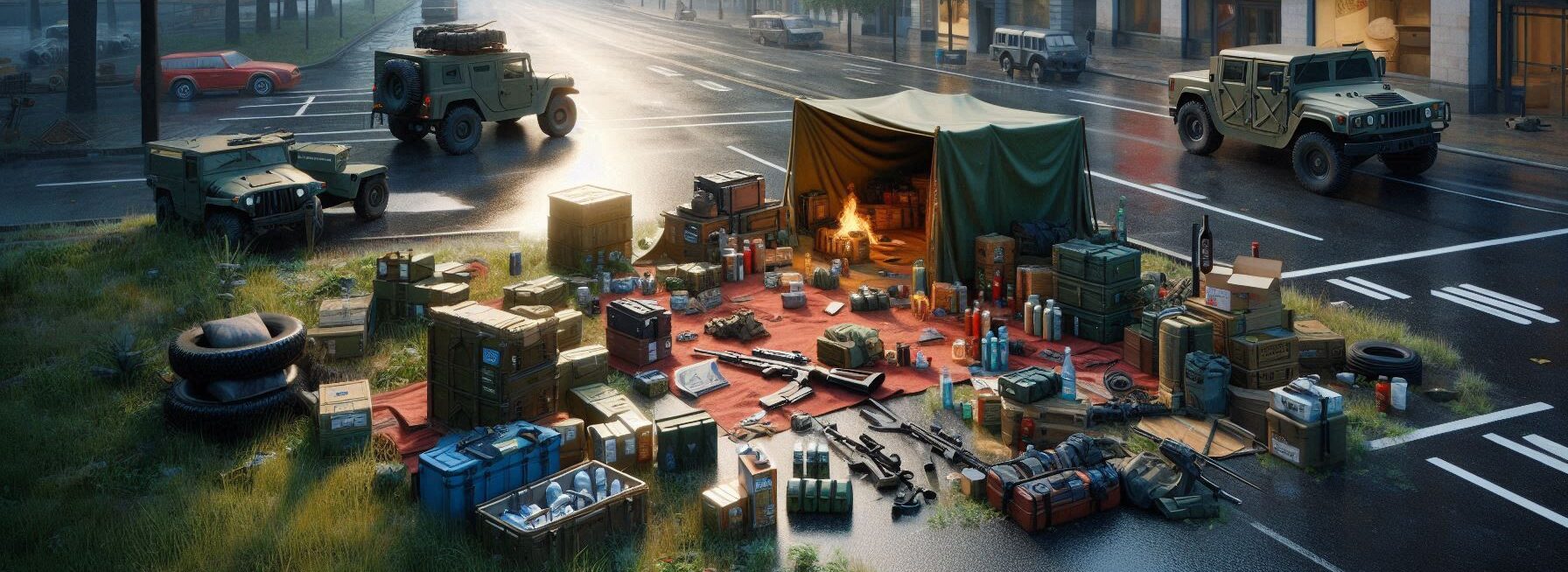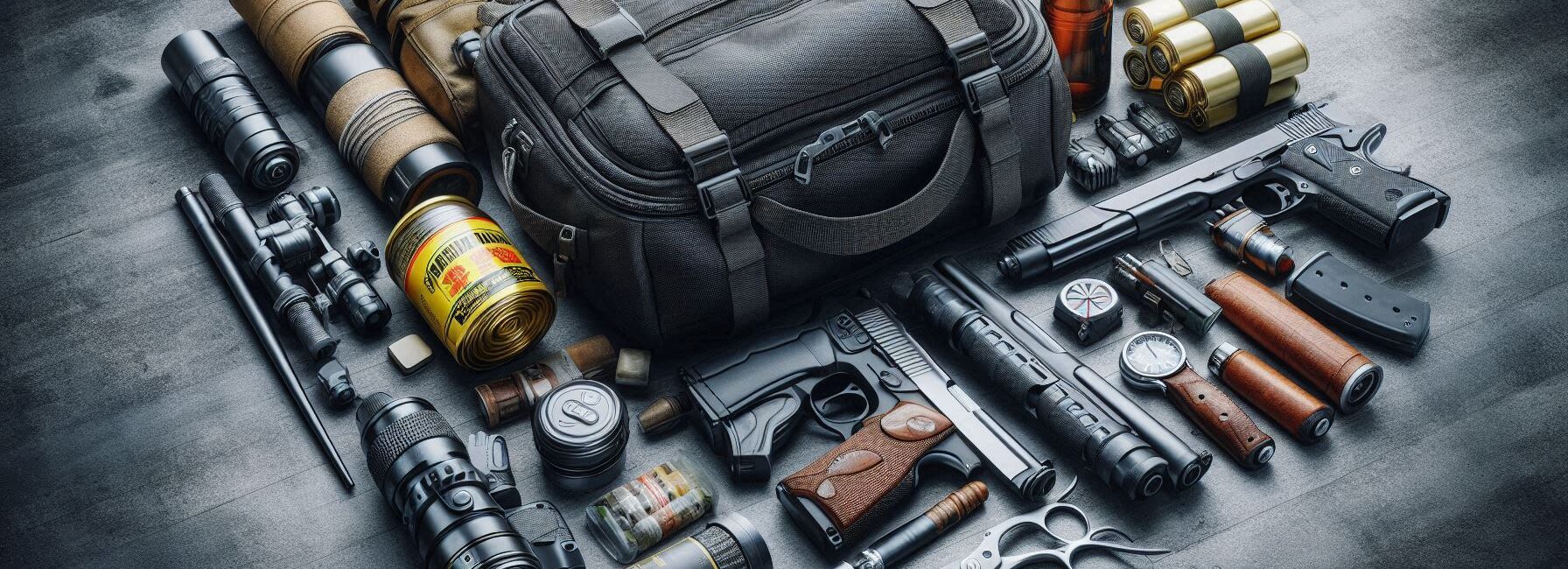Top Takeaways and Key Concepts Choose a reachable, discreet bug‑out location with multiple escape routes. Stock essentials for 72+ hours: water, food, meds, light, and power. Blend in: use low‑profile gear, urban clothing, and avoid visible prepper signs. Preplan communication and rendezvous points with trusted people and backups. Rehearse routes […]
emergency preparedness
Top Takeaways and Key Concepts Use Flashlights, Not Candles: Minimize fire risk by opting for battery-powered lighting. Keep Refrigerators Closed: Preserve food by limiting door openings; cold air escapes quickly. Avoid Indoor Generator Use: Prevent carbon monoxide poisoning by operating generators outdoors only. Stockpile Non-Perishable Foods: Ensure a 72-hour supply […]
Top Takeaways and Key Concepts Stay Inconspicuous: Avoid drawing attention to yourself with bright clothing or loud noises. Monitor Local Activity: Observe groups for aggressive behavior or signs of looting. Secure Your Shelter: Fortify entry points and remain inside during peak unrest. Avoid Confrontations: If approached by hostile individuals, […]
Top Takeaways and Key Concepts Choose the right radio type: Pick walkie-talkies for short range or ham radios for distance. Get licensed if required: Obtain a ham radio license before broadcasting on regulated frequencies. Form a prepper network: Assign roles, schedule check-ins, and keep communication consistent. Prepare reliable gear: Use […]
Top Takeaways and Key Concepts Clean gutters regularly to prevent roof water buildup and flooding. Check yard drainage and add gravel or trenches to guide runoff. Elevate valuables and utilities above flood level to protect them. Seal windows, doors, and garage gaps to block water entry. Prepare an emergency kit […]
Top Takeaways and Key Concepts Start a home medicine stockpile with painkillers, cold medicine, and first-aid supplies. Include family-specific medications like children’s cough syrup or adult prescriptions. Store medicines in cool, dry places and rotate regularly to avoid expiration. Build a first-aid kit with bandages, antiseptic wipes, gauze, gloves, and […]
Top Takeaways and Key Concepts Pack essential water, food, and a water filter or purification tablets first. Include warmth and clothing: sleeping bag, extra socks, and a strong jacket. Bring a first-aid kit with bandages, disinfectant, painkillers, and personal prescriptions. Add tools, light, self-defense items, map, and compass for survival […]
Top Takeaways and Key Concepts Always prioritize water safety by purifying it before drinking in the wild. Boil water for at least one minute (three minutes at high altitudes) to kill pathogens. Use natural filtration with layers of charcoal, sand, and gravel to remove debris. Employ solar disinfection by placing […]
Top Takeaways and Key Concepts Stock at least 30 days of water, one gallon per person daily. Store non-perishable foods like rice, beans, canned goods, and snacks. Assemble an emergency kit with first aid, flashlights, batteries, and entertainment. Make a communication plan with meeting points, key contacts, and backup devices. […]
Top Takeaways and Key Concepts Make a detailed list of medications, dosages, and comfort items for emergencies. Keep your doctor’s contact info and important medical papers accessible at all times. Build an emergency kit with extra medications, snacks, and copies of prescriptions. Share your condition and emergency plan with family, […]
Top Takeaways and Key Concepts Limit news sources to a few trustworthy outlets to reduce overwhelm. Use alternative media like podcasts, blogs, and independent sites for diverse viewpoints. Verify information by checking credentials, cross-referencing sources, and assessing transparency. Follow reliable social media accounts and relevant hashtags for real-time crisis updates. […]












